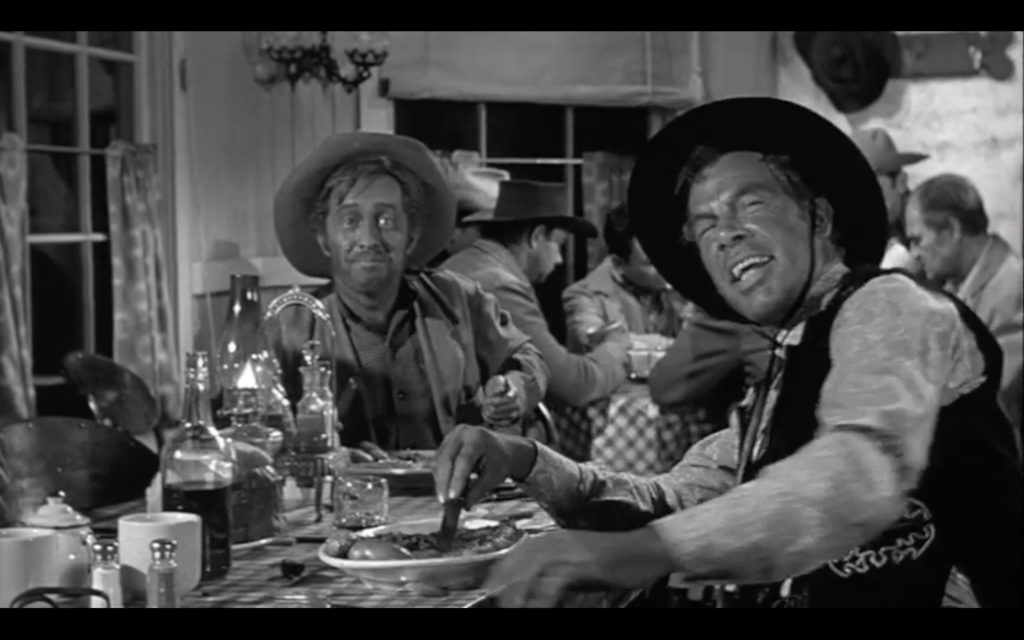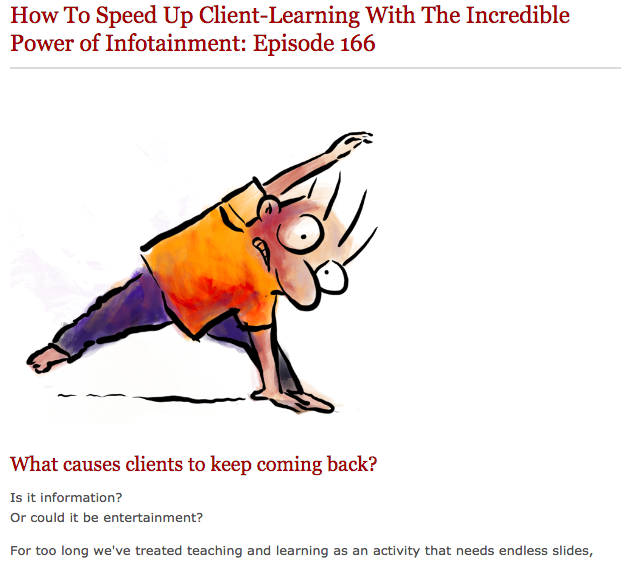Now, the ant may have a fault or two
But lending is not something she will do.
She asked what the cricket did in summer.
“By night and day, to any comer
I sang whenever I had the chance.”
“You sang, did you? That’s nice. Now dance.
Imagine a squat little ant and a tall, lanky cricket, waving to each other across an empty field.
That’s how the sales graph looked for the Influential Emails offer I ran last week.
On the first day, I had a squat but reasonable number of sales. That’s the ant on one side of the empty field. That ant — or rather, the proactive ants who took me up on my offer early — made up 15% of the total sales I got in terms of revenue.
For the next 6 days, I made some sales each day, But really, it was nothing to sing or dance about.
And then, on the very last day, just as I was ready to wrap it up and hunker down for a long and hungry winter, I got a bunch of orders. A tall and crickety spike in the sales graph. Totaling 47% percent of the whole.
So what’s the conclusion?
You might think this is a classic example of why nothing in the world ever gets done without a deadline. And that it’s foolish to allow people to buy your stuff whenever they want, because your garden variety of wanting is not enough to get crickets to act.
That’s one way to look at it.
Another way is that perhaps some of those come-lately crickets would have bought earlier had I not made this into a time-limited offer. Maybe they know they tend to put things off, and they would have acted to prevent this from happening.
Perhaps others would have bought over the coming weeks and months, had I kept reminding them and teasing them with regular, interesting emails.
And perhaps still others would have bought in time who will NOT buy now, because the offer is no longer available.
All those are reasonable arguments against putting a deadline on your offer, at least if you’ve got a good way to stay in touch with your prospects.
The fact is, we will never know.
I run time-limited offers with deadlines because I like it that way. Because it motivates me, and because it’s in line with my own cricket-like nature. And because I’m happy enough with the results, even if those results perhaps could have been higher through some other way of doing business.
Marketer Sean D’Souza was once asked if he has any data to show his contrarian business model works. He replied:
Do we have any data? No, we don’t.
The customers are using this every single day. I’m not actually here to prove anything to you.
What I’m asking you, when you go to a restaurant, does it work for you? When you go on a dating thing, does it work for you? When you go on the Apple site, does it work for you?
If you don’t think it works for you, don’t put it into place. I don’t have data. I started out as a cartoonist, I moved to marketing, and this has allowed us to take three vacations, buy houses, travel, do all the things we really wanted to do. We earn more money than we need.
The point is, if you think it works for you, put it in place. If you don’t think it works for you, that’s not a problem.
I heard this early in my marketing education. It’s stuck with me ever since. Both Sean’s attitude of, “Do we have any data? No, but it works for us.” But also the contrarian view of marketing that Sean was talking about.
Perhaps you don’t know what that contrarian view is. That’s a shame.
Because like Sean says, his way of marketing… well, it allowed him to achieve everything he wanted, on his own terms.
It might give you some good ideas as well. So if you’re curious, little cricket, check out my email tomorrow. That’s where I’ll tell you about the “it” that allowed Sean those vacations and those houses and that money. And you can then see if it might work for you, too.





